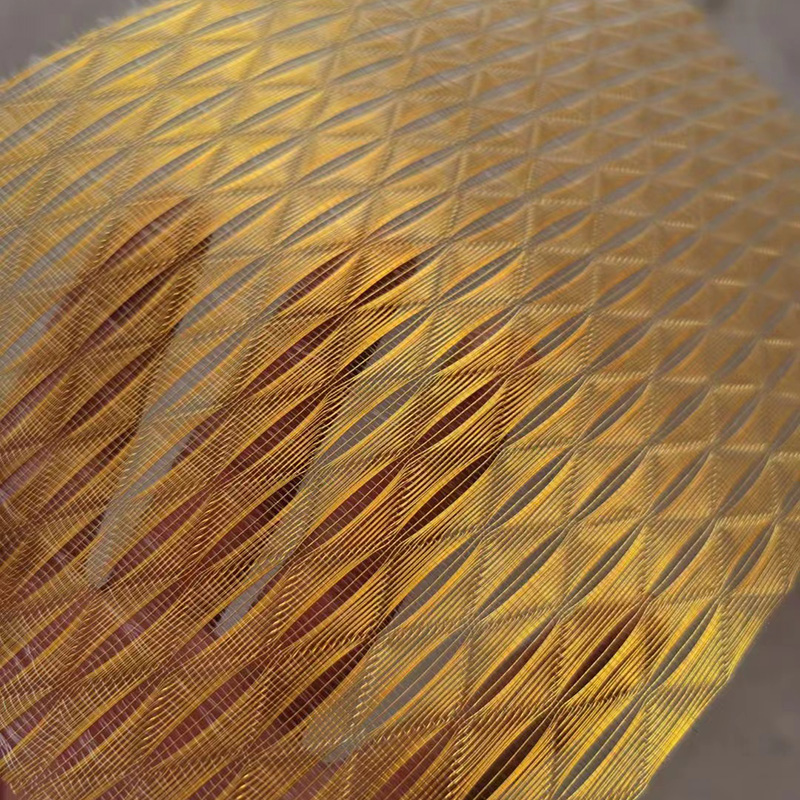-
+86 15030157877
-
sales@galvanizedmetalmesh.com
Déc . 23, 2024 09:39 Back to list
High-Quality Low Carbon Steel Wire for Various Industrial Applications
High-Quality Low Carbon Steel Wire An Essential Material for Diverse Applications
Low carbon steel wire is a versatile and widely used material in various industries due to its excellent mechanical properties, affordability, and ease of fabrication. The emphasis on high quality in low carbon steel wire production is crucial as it directly impacts the performance and durability of the products made from this material. In this article, we'll explore the significance of high-quality low carbon steel wire, its applications, manufacturing processes, and future trends.
Low carbon steel, typically containing less than 0.25% carbon, exhibits remarkable ductility and malleability, making it easy to draw into thin wires without compromising strength. The low carbon content allows for good weldability, which is beneficial for numerous construction and manufacturing applications. High-quality low carbon steel wire is characterized by its uniform composition, minimal impurities, and precise mechanical properties, ensuring reliability and longevity in various uses.
Applications of Low Carbon Steel Wire
1. Construction Industry One of the primary applications of low carbon steel wire is in the construction sector. It is commonly used in reinforced concrete structures, where it serves as reinforcement bars or mesh. The high tensile strength of low carbon steel wire enhances the structural integrity of buildings, bridges, and other constructions.
2. Manufacturing and Fabrication Low carbon steel wire is extensively used in the manufacturing of products like nails, screws, and fasteners. The ability to produce wires of various diameters allows manufacturers to create components that meet specific requirements. Additionally, its excellent cold working properties facilitate the production of complex shapes and forms.
3. Automotive Industry In the automotive sector, low carbon steel wire finds applications in making springs, cables, and components that require flexibility and strength. The wire's ability to withstand stress without breaking is vital for the safety and efficiency of vehicles.
4. Agriculture Low carbon steel wire is often utilized in agricultural fencing and trellising. Its strength and durability make it ideal for securing livestock and supporting plant growth. Farmers prefer high-quality wire for its resistance to corrosion and wear, ensuring longevity in harsh environments.
high quality low carbon steel wire

Manufacturing Process
The manufacturing of high-quality low carbon steel wire involves several critical stages. Initially, raw materials, primarily iron ore, are processed in a blast furnace to produce molten iron. The carbon content is then adjusted by adding controlled amounts of carbon and other alloying elements. Once the desired composition is achieved, the steel is subjected to various processes such as casting, rolling, and drawing.
Drawing is a particularly vital step where the steel is pulled through dies to produce fine wire with uniform diameter. Quality control measures are essential throughout these processes, including testing for tensile strength, elongation, and other mechanical properties to ensure that the final product meets industry standards.
Future Trends
The future of low carbon steel wire is closely tied to advancements in material science and manufacturing technologies. Continuous research is being conducted to enhance the properties of low carbon steel, making it even more suitable for demanding applications. Innovations like the development of corrosion-resistant coatings and improved production techniques are expected to elevate the performance of low carbon steel wire in various environments.
Moreover, the growing emphasis on sustainability and environmentally friendly practices in manufacturing will likely drive the demand for low carbon steel products. Companies focusing on high-quality production methods while minimizing the carbon footprint will be favored in a market increasingly driven by eco-conscious consumers and regulatory standards.
Conclusion
High-quality low carbon steel wire stands as a testament to the balance of strength, ductility, and cost-effectiveness in modern material science. Its broad range of applications speaks to its importance in everyday life, while ongoing advancements promise to enhance its capabilities. As industries continue to evolve, low carbon steel wire will remain a crucial building block, supporting infrastructure, manufacturing, and innovation for years to come.
-
Premium Hexagonal Gabion Mesh Solutions | Durable & Eco-Friendly
NewsAug.03,2025
-
Smart AI Fence Solutions with GPT-4 Turbo | Secure & Fast
NewsAug.02,2025
-
Welded Gabion Solutions: Durable & AI-Enhanced Designs
NewsAug.01,2025
-
Premium Welded Gabion Mesh | Robust & Eco-Friendly
NewsJul.31,2025
-
Premium Eco-Friendly Roof Tiles | Affordable & Durable
NewsJul.31,2025
-
Premium Roof Tiles for Durable & Stylish Roofing Solutions
NewsJul.30,2025



